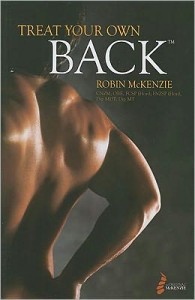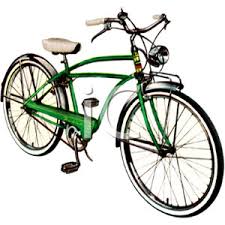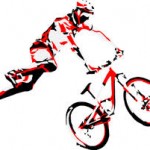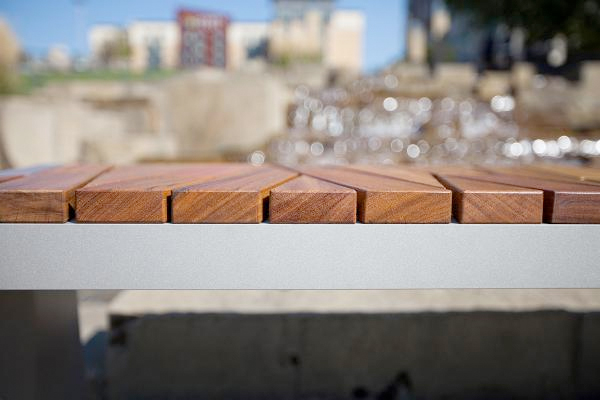We massage therapists pride ourselves on our abilities in touch – and that’s why I am so surprised when clients give me an earful about fingernails!
This is a touchy issue for massage therapists – we figure we’re doing things like avoiding perfumes and warming our oils so we can facilitate relaxation in our clients. And then they complain about fingernails?
Yup. 
Actual Client Complaint Case #1: This guy must have been doing construction on the side or something. His fingernails were cracked and broken and his hands were covered with calluses. It was like being sanded!
Case #2: My massage started with a scrape-y hangnail across my feet. For the next hour, every time the masseuse did a stroke, I was dreading a re-appearance of The Claw!
Case #3: I’m slipping under the sheets and I hear the therapist out in the hallway clipping her nails. She comes in and jams these sharp edges in every time she works a knot. I expected to see little red half-moons all over my skin!
Case #4: Is it possible to do a massage with acrylic nails? These things were long – and she was more concerned with breaking one than doing a good job. It was the lightest massage of my life. I can put oil on myself, thank you.
Well, I am sure it was not these folks intention to make their fingernails the central memory of their massages. Most massage therapists know to keep nails trimmed, clean and gently filed and beveled to a soft edge. It perhaps slipped their minds those days…
…So I am off to check my manicure!
| Leave a Comment |







